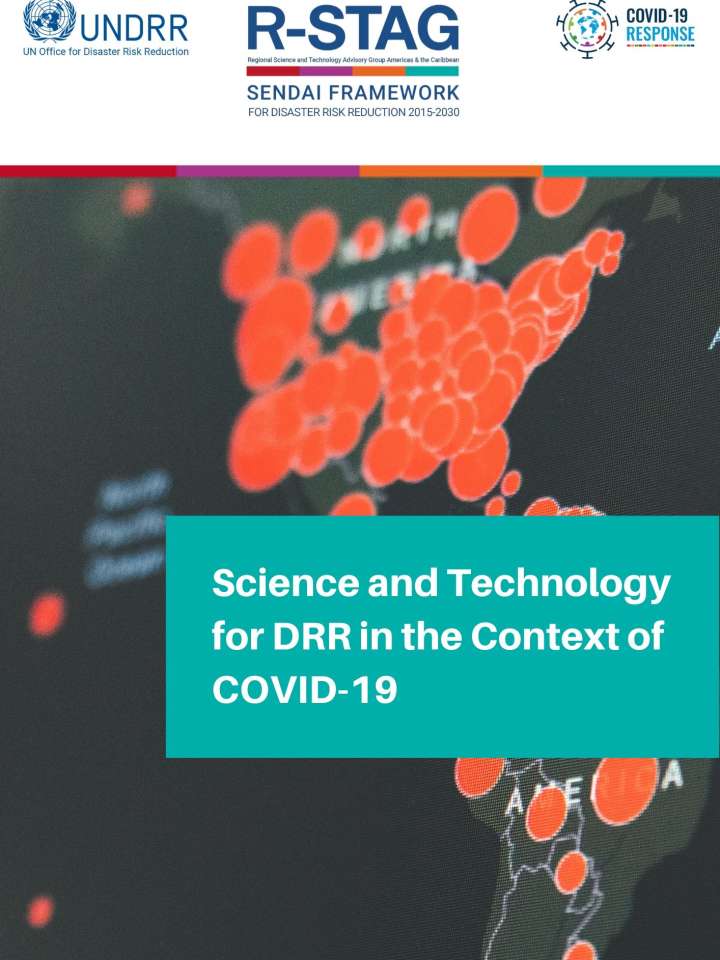UNDRR Americas & Caribbean COVID-19 Brief: Science and Technology for DRR in the Context of COVID-19
The Sendai Framework for Disaster Risk Reduction (2015-2030) and the International Health Regulations (WHO, 2005) include biological hazards, such as the SARS-CoV-2 virus, among the major sources of risks for the 21st century. While COVID-19, the infectious disease caused by this most recent coronavirus, was declared by the World Health Organization (WHO) as a public health emergency of international concern and then a pandemic, its underlying factors, vulnerabilities, exposure conditions and impacts go well beyond the health sector. The pandemic puts in evidence different structural challenges resulting from historical processes. It is, in fact, an example of systemic risk; that is, when a hazard leads not only to negative effects in parts of the system but also threatens the entire system. With its cascading and devastating effects, the impact of COVID-19 reflects the inter-connectedness of risk, highlighting the urgent need for a concerted global effort to accelerate risk reduction efforts.
The current COVID-19 pandemic requires the global governance system, in particular the United Nations, to work in a coordinated manner in order to provide a more efficient support to countries. The UN Secretary-General has called upon the international community to focus on three key areas for action: 1) Tackling the health emergency; 2) Addressing the social impact and economic response and recovery; and 3) Building back better.
This crisis highlights how critical an effective Disaster Risk Reduction (DRR) is. In this regard, it calls for an important reflection on the necessary contributions of the scientific community and the technological developments to enhance comprehensive risk management. The recommendations of this paper are a basis for the constitution of a work plan of the Science and Technology Advisory Group for the Americas (STAG) and are suggested to be integrated into the global and multisectoral actions considerations triggered by the response to COVID-19.
In this vein, understanding the pandemic and its impacts as a systemic “disaster” helps us to consider the different elements and dimensions that led to and are affected by it. The knowledge and experience of several decades of inter- and trans-disciplinary natural and social studies indicate that an analysis of causal factors of the disaster and other aspects of disaster risk management (DRM) should be guided by issues of sustainability and equality.
